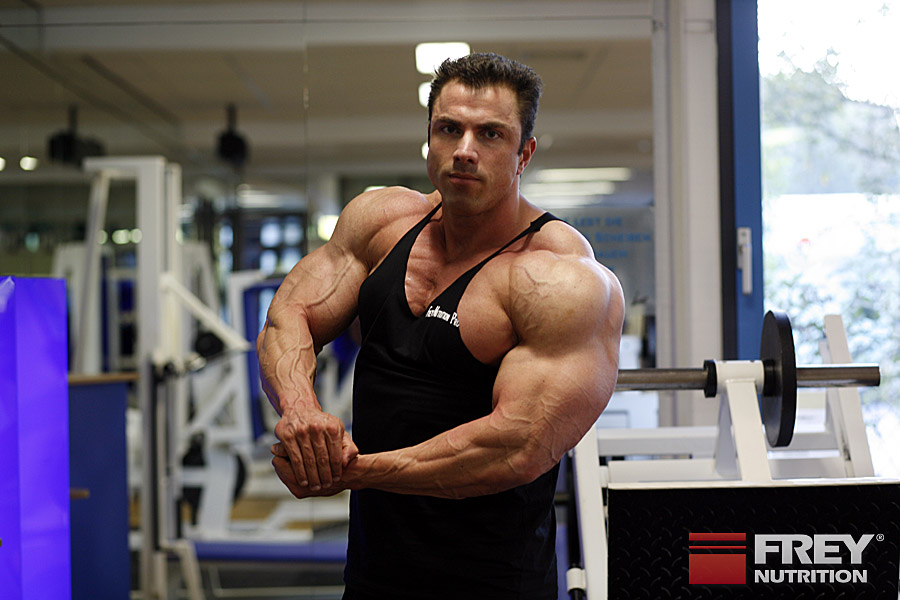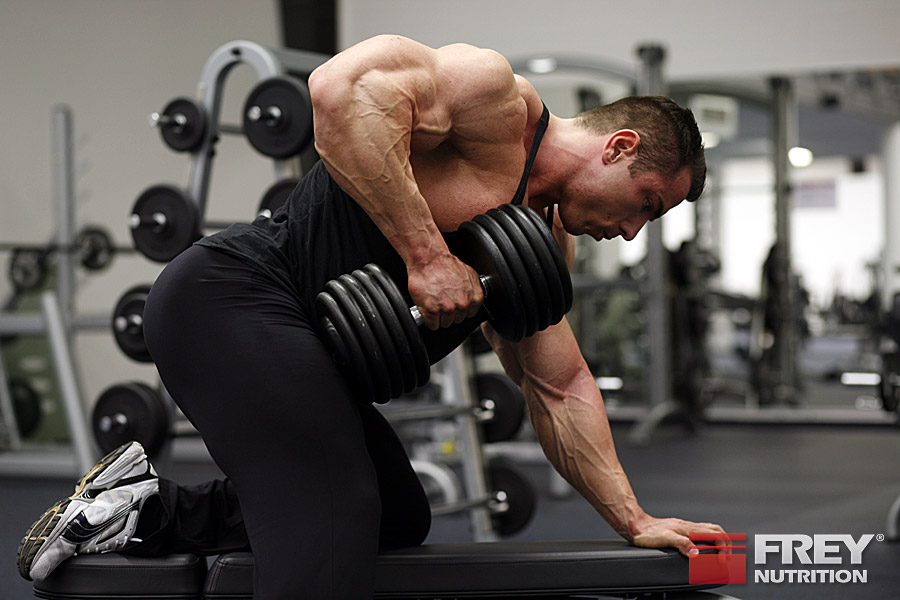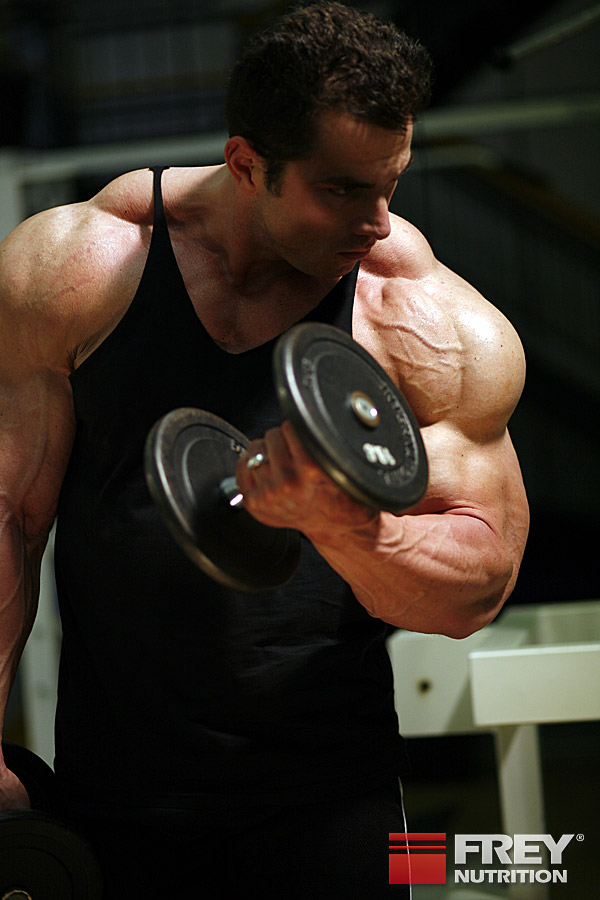DON'T TRY TO ACCOMPLISH THE THREE MAIN GOALS OF BODYBUILDING AT THE SAME TIME.
My goal is to continually improve in the rep range of six to eight. Should I therefore keep my reps in the lower range (three to six) more often? What tips do you have for me to achieve my goal?
ANSWER

On the other hand, training in the lower repetition range (three to six) to primarily positively influence hypertrophy makes little sense, because this way you can only improve in this area and this is less aimed at building muscle and more at increasing your strength.
- Sets 1-3: Barbell incline bench press (3-6 reps)
- Sets 4-6: Dumbbell incline bench press (8-12 reps)
- Sets 7-8: Pullovers (12-16 reps)
- Sets 9-10: Crossovers on the cable (approx. 20 WH)
If you combine the Hatfield system with HIT (High Intensity Training), you can get the maximum benefit from it, because the muscles are challenged to the point of complete exhaustion, which can lead to above-average muscle growth. I have been following these two training principles for over ten years, and with great success.
If you are interested in the different training systems and would like to learn more about them, I recommend the article about the different TRAINING METHODS .
IS IT POSSIBLE TO BUILD MUSCLE AND LOSE FAT AT THE SAME TIME?
Is it even possible to build muscle and lose fat at the same time?
ANSWER
My recommendation is always to build up a certain base mass first and then, after about 16 weeks of the bulking phase, switch to fat reduction and try to preserve as much muscle mass as possible. This process should be repeated several times a year.
Many athletes who weigh just 70 kilos keep asking me how they should plan their diet. My answer is always: "Absolutely not!" At this stage, a diet is not only pointless, it is even counterproductive. If there is only a small amount of metabolically active muscle mass, it becomes impossible to reduce body fat effectively and in a targeted manner. The undesirable happens and muscle mass is lost through the diet. If you weigh 85 or 90 kilos, for example, the situation is completely different: a diet makes sense here - especially considering the fact that the increased muscle mass makes it much easier and more efficient to reduce fat.











